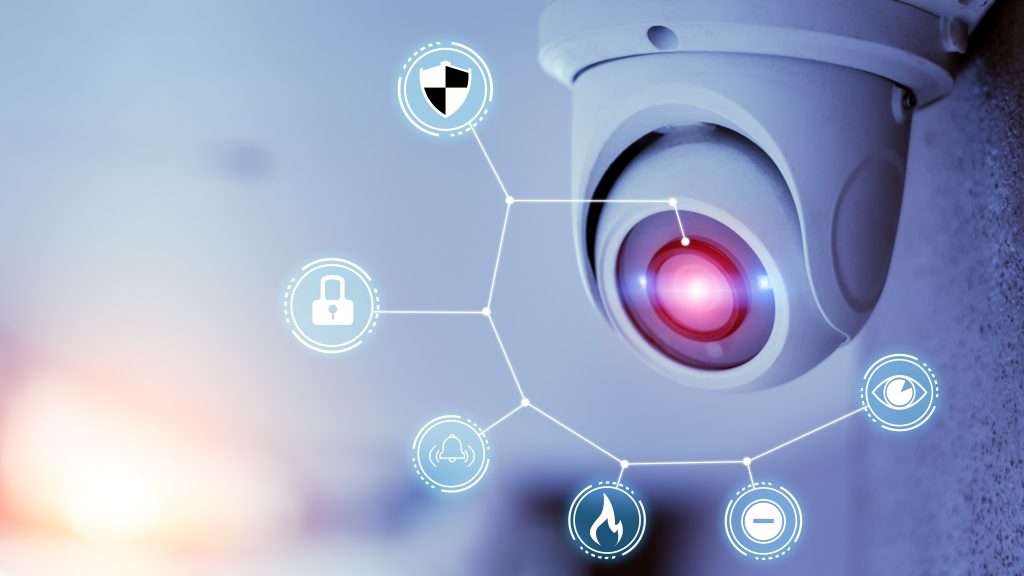Guarding Your World – The Rise of Artificial Intelligence in Video Surveillance
In the ever-evolving landscape of technology, artificial intelligence AI has emerged as a formidable force, extending its reach into diverse domains. One such domain experiencing a significant transformation is video surveillance. The rise of AI in video surveillance marks a paradigm shift, revolutionizing the way we safeguard our surroundings. Traditionally, video surveillance relied heavily on human monitoring, often prone to human error and fatigue. However, the infusion of AI has brought about a revolutionary change, enabling systems to autonomously analyze vast amounts of video data with unparalleled accuracy. AI-powered video surveillance systems are endowed with the ability to distinguish between normal and suspicious activities, promptly alerting security personnel to potential threats. This not only enhances the overall effectiveness of surveillance but also significantly reduces response times in critical situations. One of the key advancements in AI-driven video surveillance is the incorporation of deep learning algorithms. These algorithms enable the system to learn and adapt, continually improving its ability to recognize patterns and anomalies.

This adaptability is crucial in dynamic environments, where traditional surveillance methods may fall short. Whether it is identifying unauthorized access, detecting unusual behavior, or even recognizing specific individuals, AI-powered video surveillance systems provide a level of sophistication that was once deemed futuristic. Moreover, AI contributes to the efficiency of video analytics. Traditional systems often struggled with false alarms triggered by irrelevant events, such as moving trees or fluctuating light conditions. AI, however, excels in filtering out non-relevant information, ensuring that security personnel can focus their attention on genuine threats. This not only minimizes the risk of overlooking critical events but also optimizes resource utilization, making surveillance systems more cost-effective. The integration of facial recognition technology into video surveillance is another dimension of AI that has gained prominence. This capability enhances the accuracy of identifying individuals in real-time, bolstering security measures in public spaces, airports, and other high-security areas.
While the adoption of pace protection facial recognition technology sparks debates around privacy concerns, its undeniable effectiveness in enhancing security cannot be ignored. As AI continues to evolve, video surveillance systems are becoming more intelligent and proactive. Predictive analytics, another facet of AI, enables these systems to forecast potential security breaches based on historical data and patterns. By identifying trends and anticipating potential threats, AI empowers security professionals to take preemptive measures, thereby fortifying the overall security infrastructure. While the rise of AI in video surveillance holds great promise for enhancing security, it also raises ethical and privacy considerations. Striking the right balance between technological innovation and safeguarding individual rights remains a challenge that society must grapple with. As we navigate this intricate intersection of technology and ethics, one thing is certain the rise of artificial intelligence in video surveillance is reshaping the landscape of security, ushering in an era where our world is guarded by the precision and adaptability of intelligent machines.